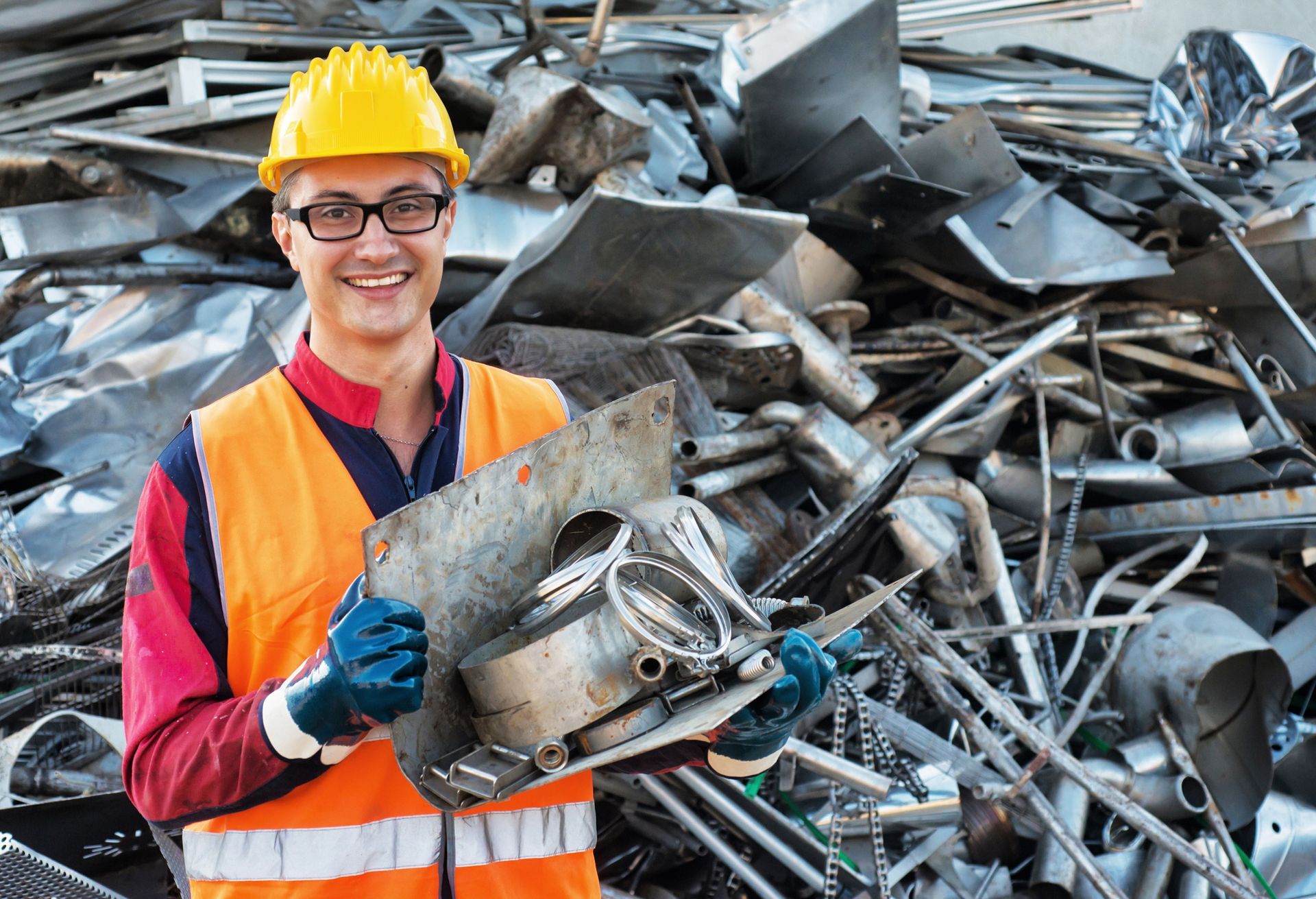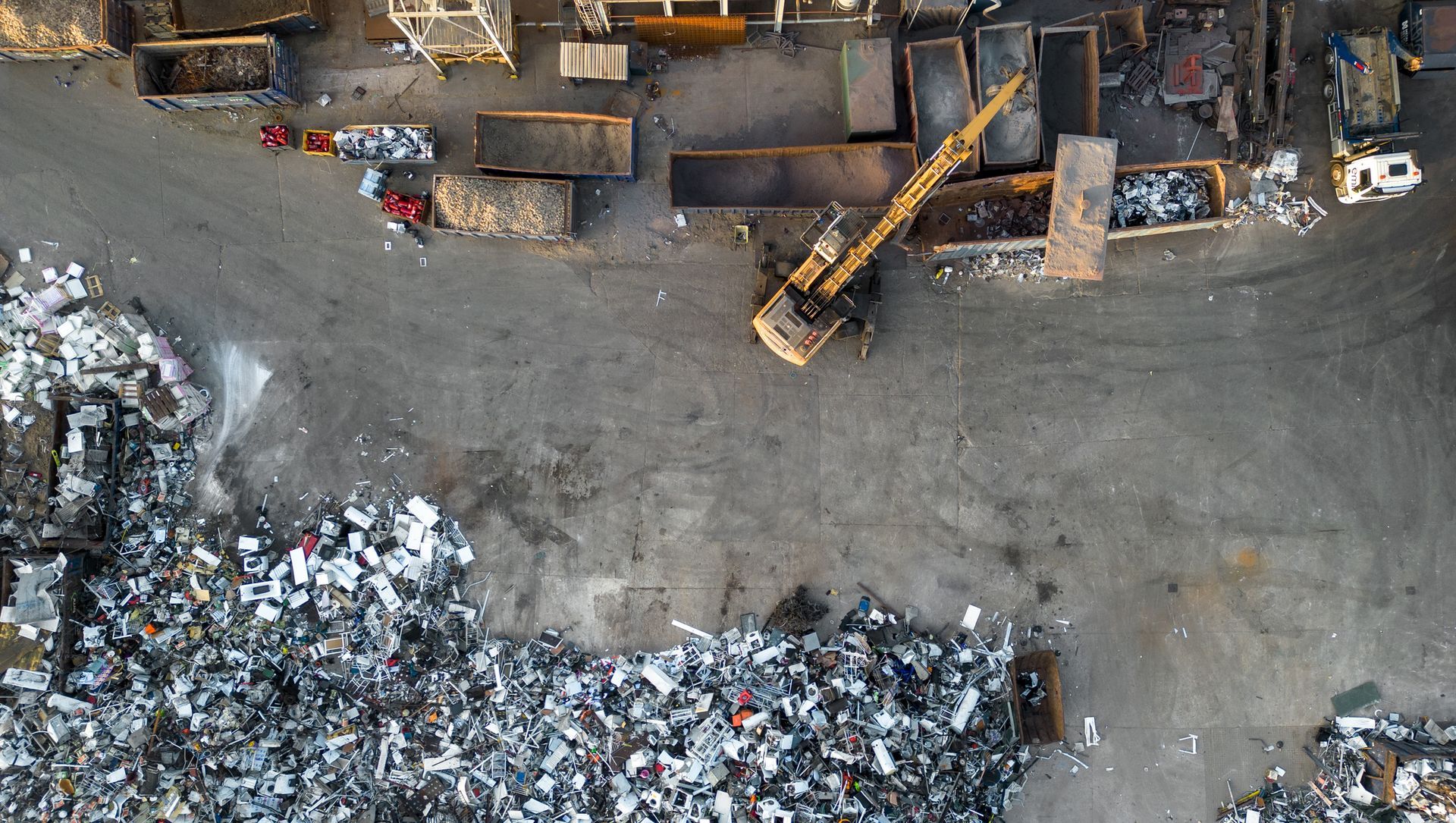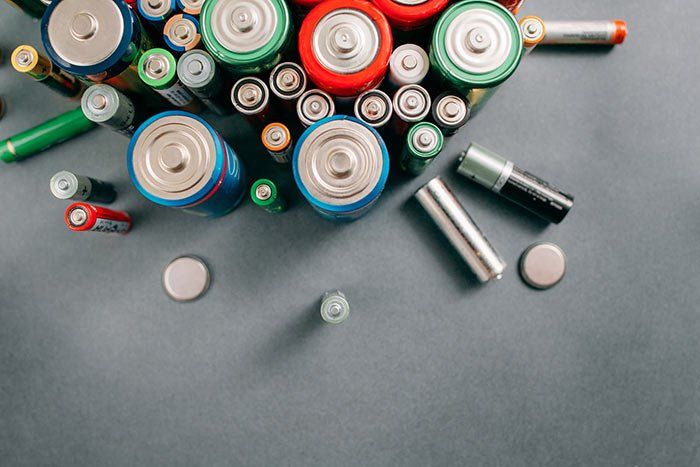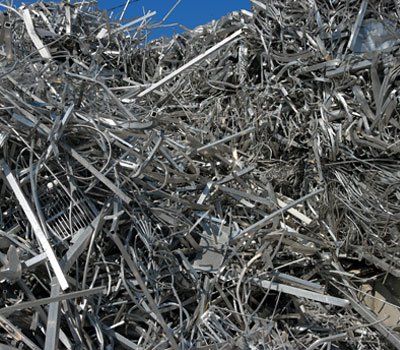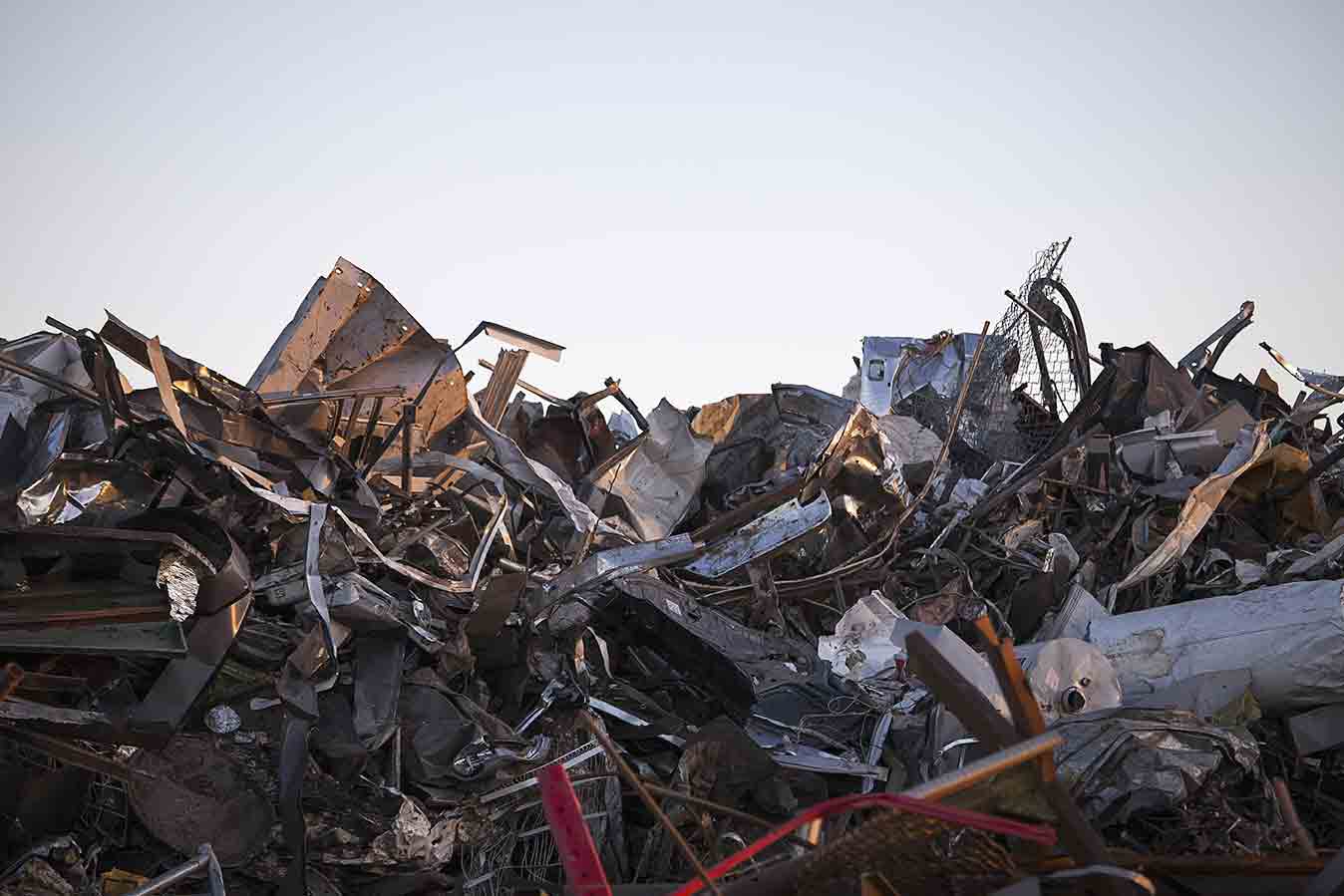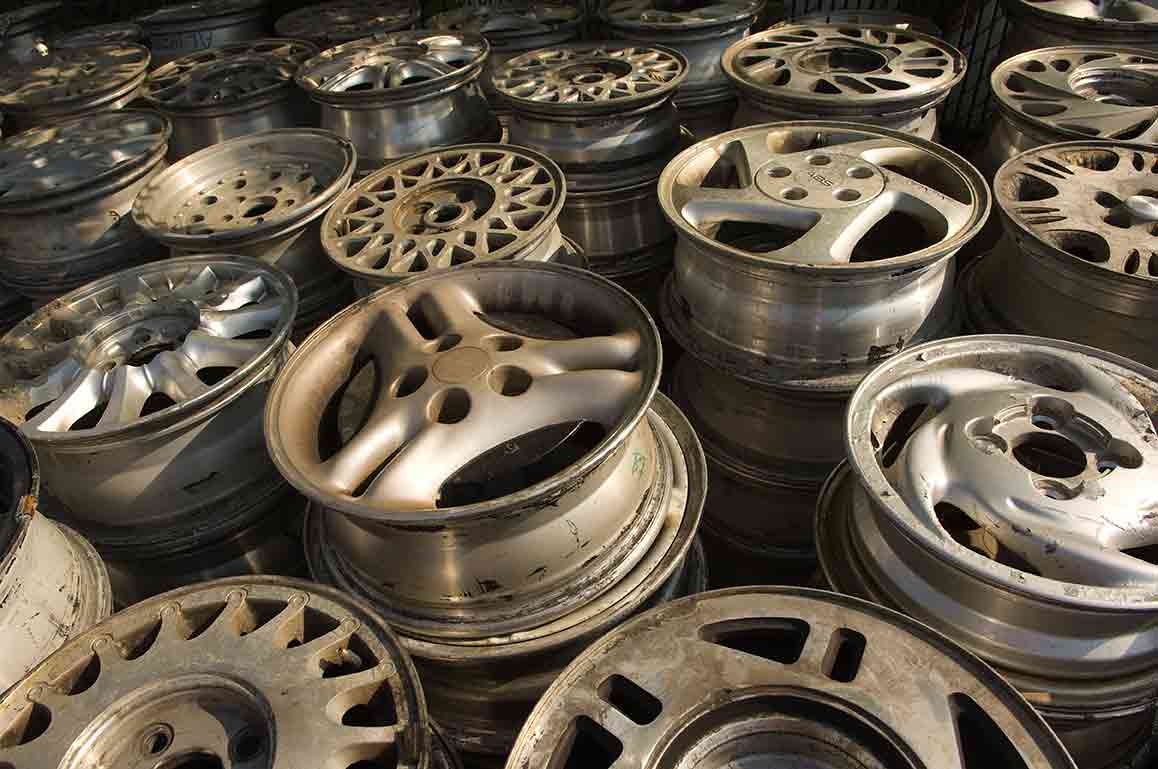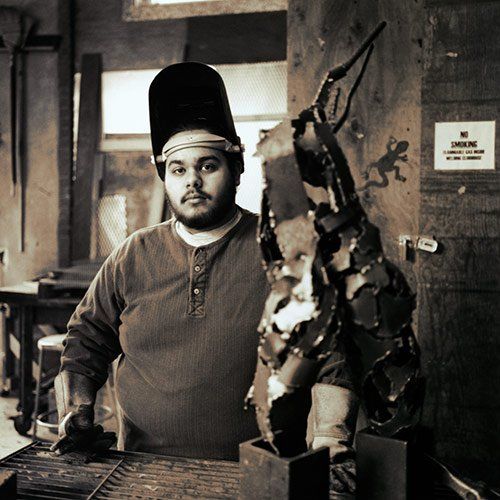Differences Between Non-Ferrous and Ferrous Metals
Many people wonder what the difference between non-ferrous and ferrous metal is. In short, ferrous metals and alloys are those that contain iron, and non-ferrous metals don’t. That’s easy to explain to someone, but when it comes to scrap metal, you should know what each type looks like. Luckily, there are various characteristics of each to help you differentiate.
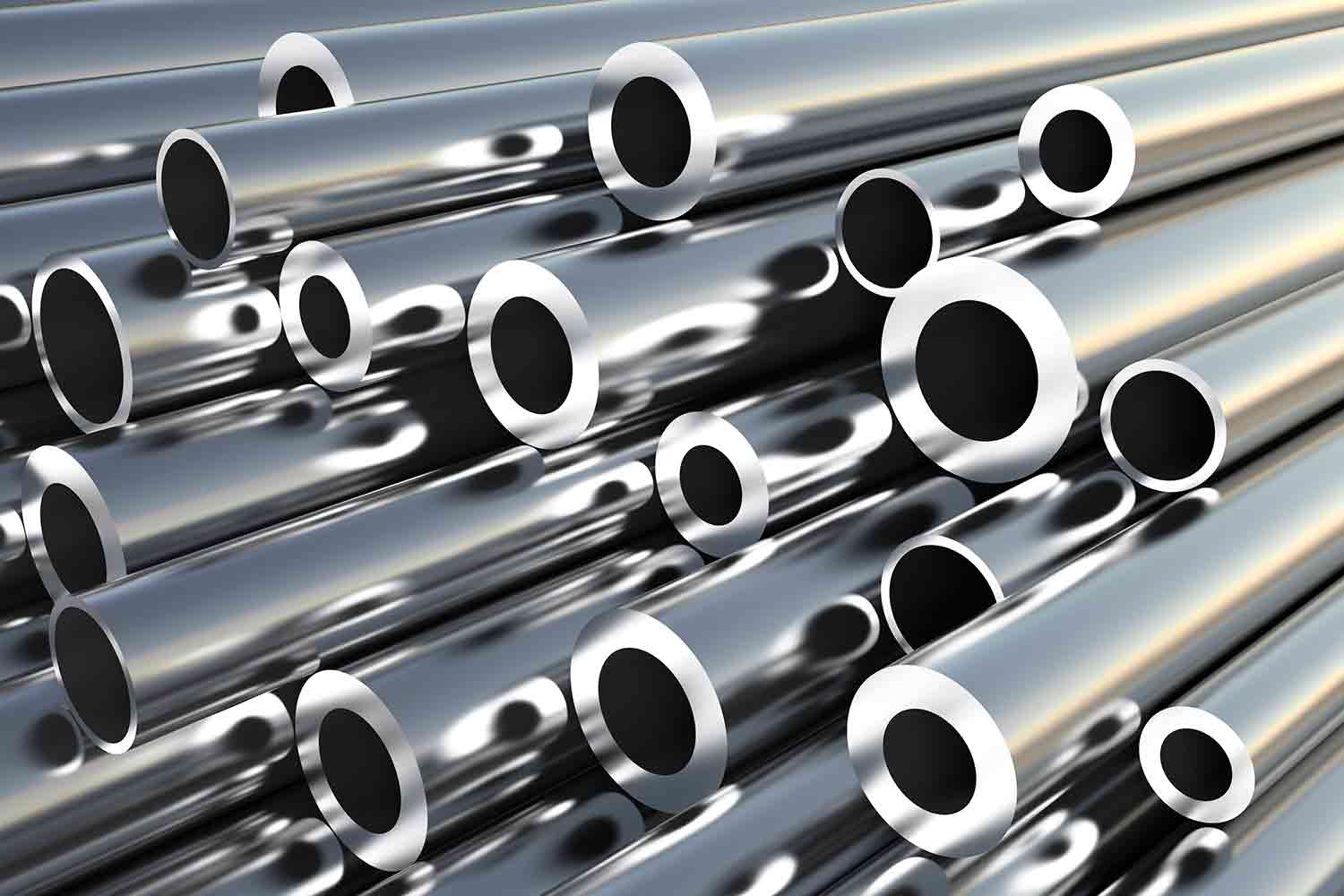
Ferrous Metal Characteristics
Wrought iron, carbon steel, mild steel, cast iron and stainless steel are considered ferrous metals. These metals are known for their durability and tensile strength, which is why they have numerous uses. Mild steel is used to hold up huge bridges and skyscrapers. Common uses for ferrous metals include construction, automobiles, kitchen knives, hardware, tools and transportation rails. Ferrous metals, aside from stainless steel and wrought iron, are prone to rust due to the carbon used when they are created. Additionally, ferrous metals have magnetic properties.
Non-Ferrous Metals
Zinc, nickel, aluminum, copper, brass, lead, tin, silver and gold are considered non-ferrous metals. These metals can be used for strength, but they are more malleable. They are, additionally, much lighter than ferrous metals, which is why they are used in instances where something must be strong but light. Non-ferrous metals contain no iron, and this allows them to have a high corrosion and rust resistance. They are used in instances such as road signs, gutters and roofing. They are also not magnetic. If you want to learn more about metals, contact Tennessee Metals Company, LLC.

